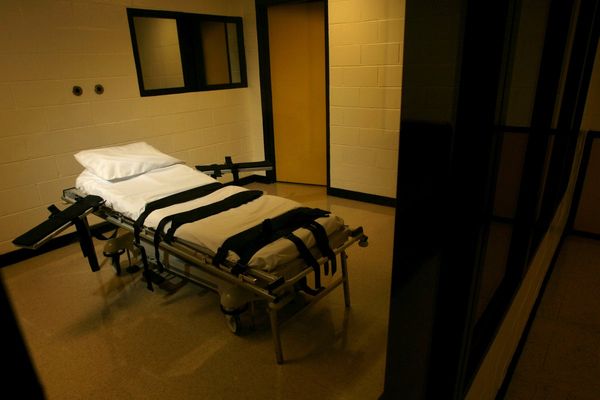.png?width=1200&auto=webp&trim=0%2C0%2C0%2C0)
Sleep can be a fickle beast. Sometimes, even after eight hours in bed, you can wake up feeling totally groggy. Other nights, you simply can’t doze off despite feeling exhausted. A sleep tracker can help you better understand what happens during shut-eye — and according to a recent study, more than a third of Americans have already turned to these wearables for insight.
But what are they and what do they do? According to Alexandre Abreu, MD, “sleep trackers are not just tracking sleep, but they’re tracking daytime activities because good sleep hygiene is being healthy 24 hours a day”. He says many patients end up realizing that bad habits, such as excessive sitting time or high-stress levels, are ruining their shut-eye. Sleep trackers can also give you warning signs about potential problems like sleep apnea or irregular heart rhythms that are messing with your sleep and health. “They’re great tools to empower patients to seek help from providers before something bad happens,” says Abreu, who adds that many of his patients first come to him thanks to something their sleep tracker caught.
Abreu recommends looking for three things. First, you want a long battery life so you can use the device day and night. It’s also important to get a sleep tracker that offers user-friendly insights on the data it captures so you can actually make sense of it all. Additionally, he suggests looking for options that easily allow you to forward your stats to your physician so they can see the data firsthand.
With all that in mind, I spent months testing sleep trackers to find the ones worth buying. If you’re eager to make sense of your restless nights, here are the best sleep trackers to consider.
How I tested
.png)
I considered everything that Abreu recommended as being important: long battery life, useful insights, and easily sharable data. I used each sleep tracker that I tested for two months, giving them time to calibrate to my patterns and body so I could assess all the features offered.
To compare each of the device’s sleep stats (and when something seemed off), I wore three trackers at once. In addition to assessing accuracy, I noted the depth of data captured and how well it was translated into insights I could actually understand and put to use. For the trackers that needed to be worn 24/7, I also noted the versatility of what else they can do for you and, for all of them, how comfortable they are to go to bed with. Below, I go into more detail on the criteria, or keep scrolling for the full review:
- Battery life: I paid close attention to how quickly the battery ran out on each device. I compared real-time results with what the brand claims to be the battery life. I also considered how quickly each one charged, favoring those that were fast.
- Insights: Most sleep trackers provide you with an overall sleep score as well as graphs. I assessed the different sleep insights each tracker provided and how easy they were to interpret, both on and off an app. I also considered whether the devices had other features that would aid my sleep, for example, guided meditation or a sleep coach. Beyond this, I assessed whether the device tracked any additional health and fitness data — if it did, I considered how useful it was.
- App interface: For a sleep tracker to provide real benefit, data needs to be accessible, so I considered whether stats were presented in an easy-to-understand way and analyzed the user experience of each app.
- Comfort and design: It’s generally recommended to wear a sleep tracker every day — Abreu noted that good sleep hygiene is being healthy 24 hours a day. You therefore need it to fit well and be comfortable to wear at all times. But above all, I looked for devices that won’t cause discomfort when sleeping.
Why you can trust IndyBest U.S. reviews
Jennifer Heimlich has more than a decade of experience as a journalist within the fitness industry, so she is a reliable and knowledgeable voice when it comes to recommendations. Beyond her own research and rigorous testing, she’s consulted experts on what to look out for in the best sleep trackers to broaden her knowledge. When not writing, she’s a UESCA-certified running coach and hosts running tours, so she takes health and fitness seriously.
The best sleep trackers for 2025 are:
- Best sleep tracker overall — Oura ring 4: $349, Ouraring.com
- Best budget sleep tracker — Fitbit charge 6: $159.95, Google.com
- Best for additional health tracking — Whoop 5.0: $199–$239 per year, Whoop.com
- Best all-around smartwatch — Apple Watch series 10: $399, Apple.com
- Best for Android users — Google Pixel watch 3: $349.99, Google.com
- Best non-wearable sleep tracker — Withings sleep; $199.95, Withings.com
- Best for fitness enthusiasts — Garmin venu 3: $449.99, Garmin.com
- Best subscription-free band — Amazfit helio strap: $99, Us.amazfit.com
Whoop 5.0 promises to help you age backwards — so I put it to the test
The best shoes for standing all day that are comfortable and supportive
Best pickleball paddles for every type of player, from beginners to pros
The best pickleball shoes for 2025, tested by real players
I swapped my usual greens powder for AG1, here’s what happened
Oura ring 4
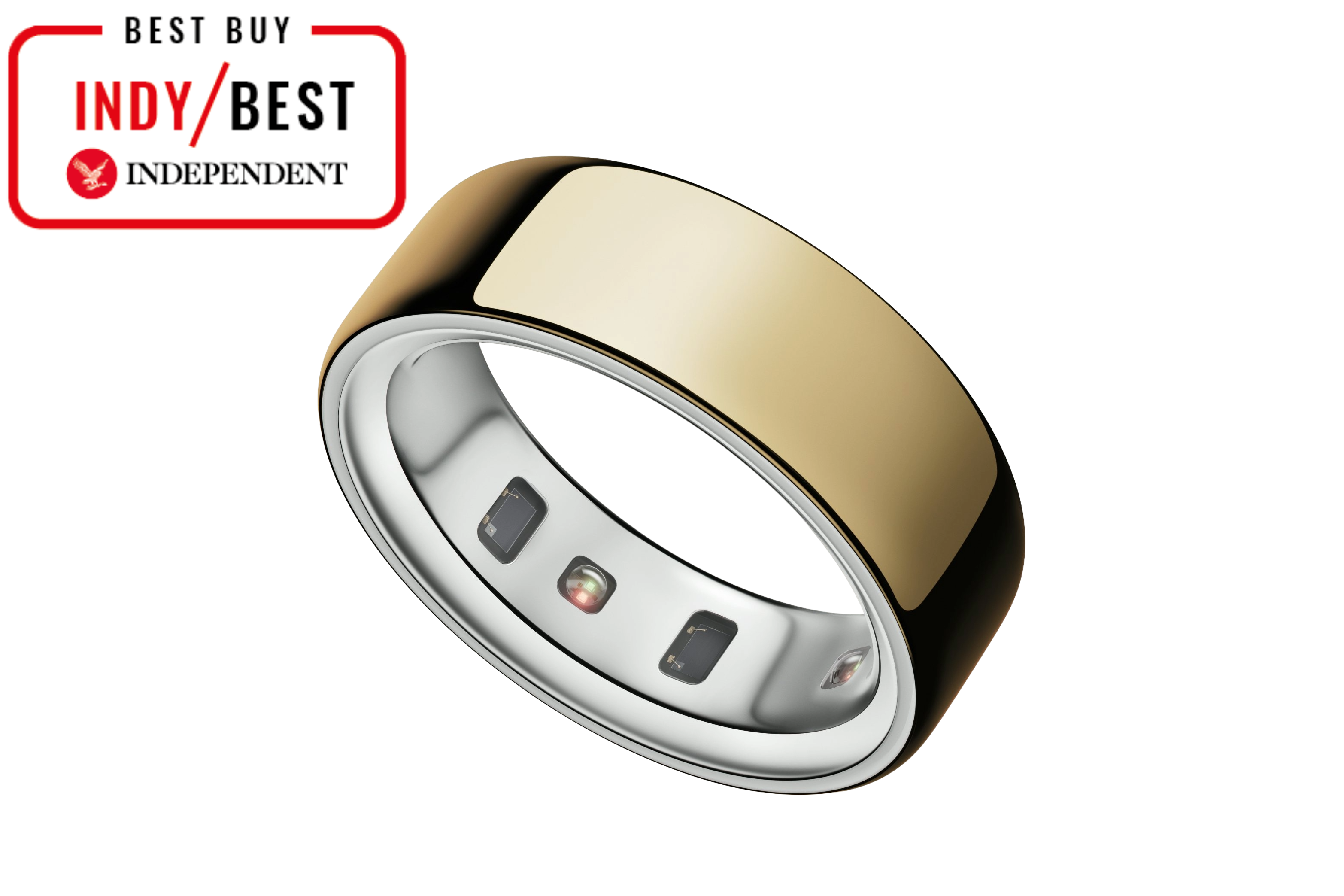
Best: Sleep tracker overall
Size: 7.9mm wide and 2.88mm thick
Weight: 3.3g to 5.2g
Battery life: 8 days
Charging time: 20 to 80 minutes
Colors: Black, silver, gold, rose gold, brushed silver, stealth
Why we love it
- Helpful sleep coaching advice
- Comprehensive health tracking
- Tons of sleep metrics
- Can customize feedback language
- Stylish look
- Easy to create shareable reports
Take note
- Expensive, and requires a subscription
- Feels a bit chunky
- Can’t wear while lifting weights
The Oura ring 4 gives you a whole bunch of sleep metrics: duration, time in various stages, how long it takes to fall asleep, and restlessness. But you’ll also get tons of other data on your overall health and wellness (with research to back up the accuracy). For example, it detects heart rate and tracks heart rate zones across 40 different activities, monitors blood oxygen levels and skin temperature (so it can flag when you might be getting ill), and tracks your menstrual cycle.
What I found most helpful about the Oura ring 4 was the smart coaching advice — once it has had enough time to calibrate, it suggests your ideal sleep and wake times based on your chronotype. Interestingly, when I reached the second trimester of pregnancy, it gave me a heads up that caffeine would start to affect me more — something I’d never heard before but definitely felt. I also appreciated that the style of feedback can be customized, so I was able to receive advice in a more friendly tone that made me want to hear what it had to say. I also liked that the app offers access to certain Headspace meditations to help you relax and fall asleep.
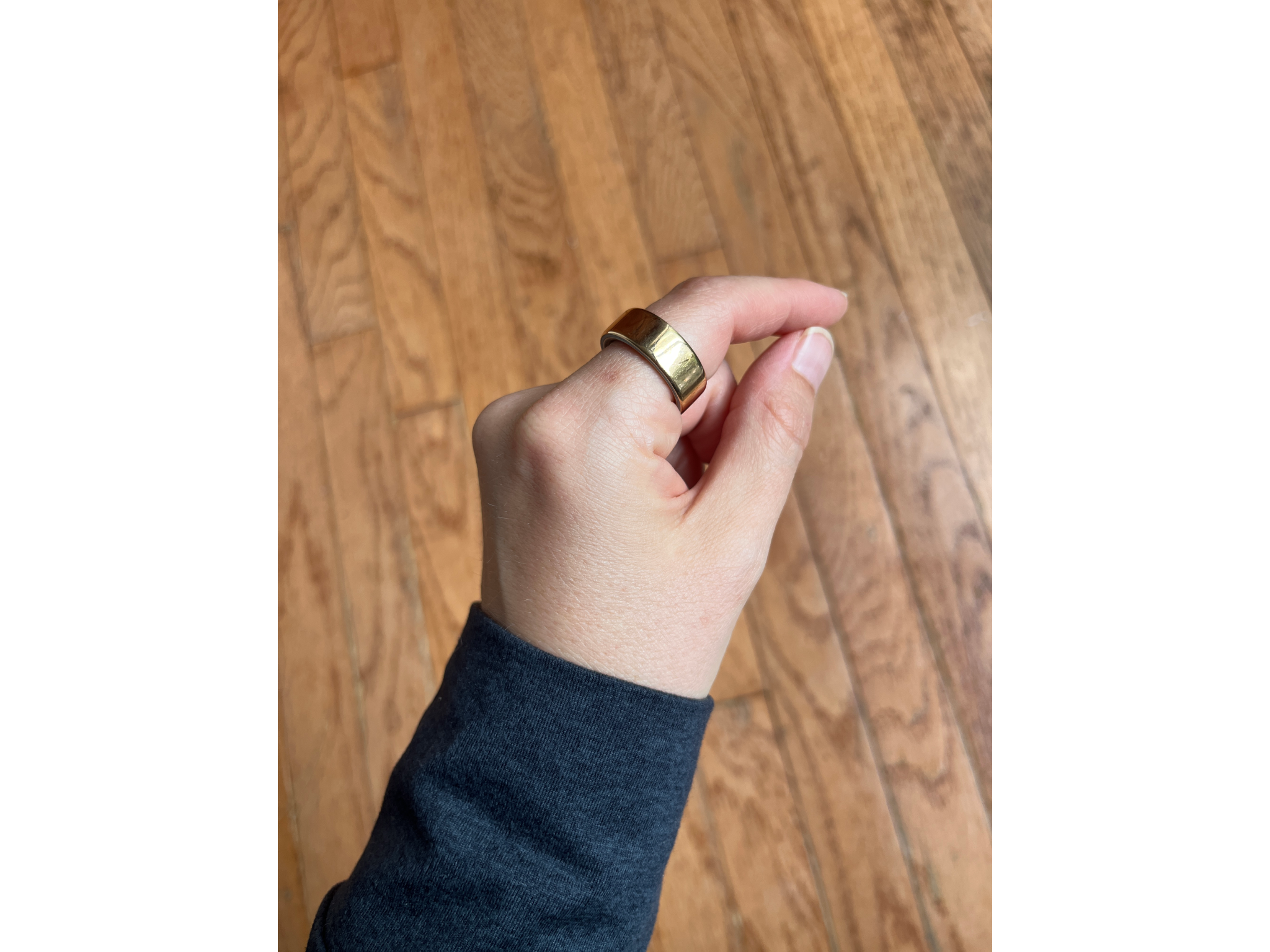
It’s available in six different finishes — brushed silver, gold, rose gold, silver, stealth, and black — and while it does feel a bit chunky at first, I soon got used to it.
Of course, all the fancy features come at a cost. The Oura ring 4 is one of the more expensive options, especially when you consider the yearly membership on top of the price of the ring itself. The closest alternative is the Whoop 5.0, which has a higher yearly fee but no upfront cost.
Buy now £349.00, Ouraring.com
Fitbit charge 6
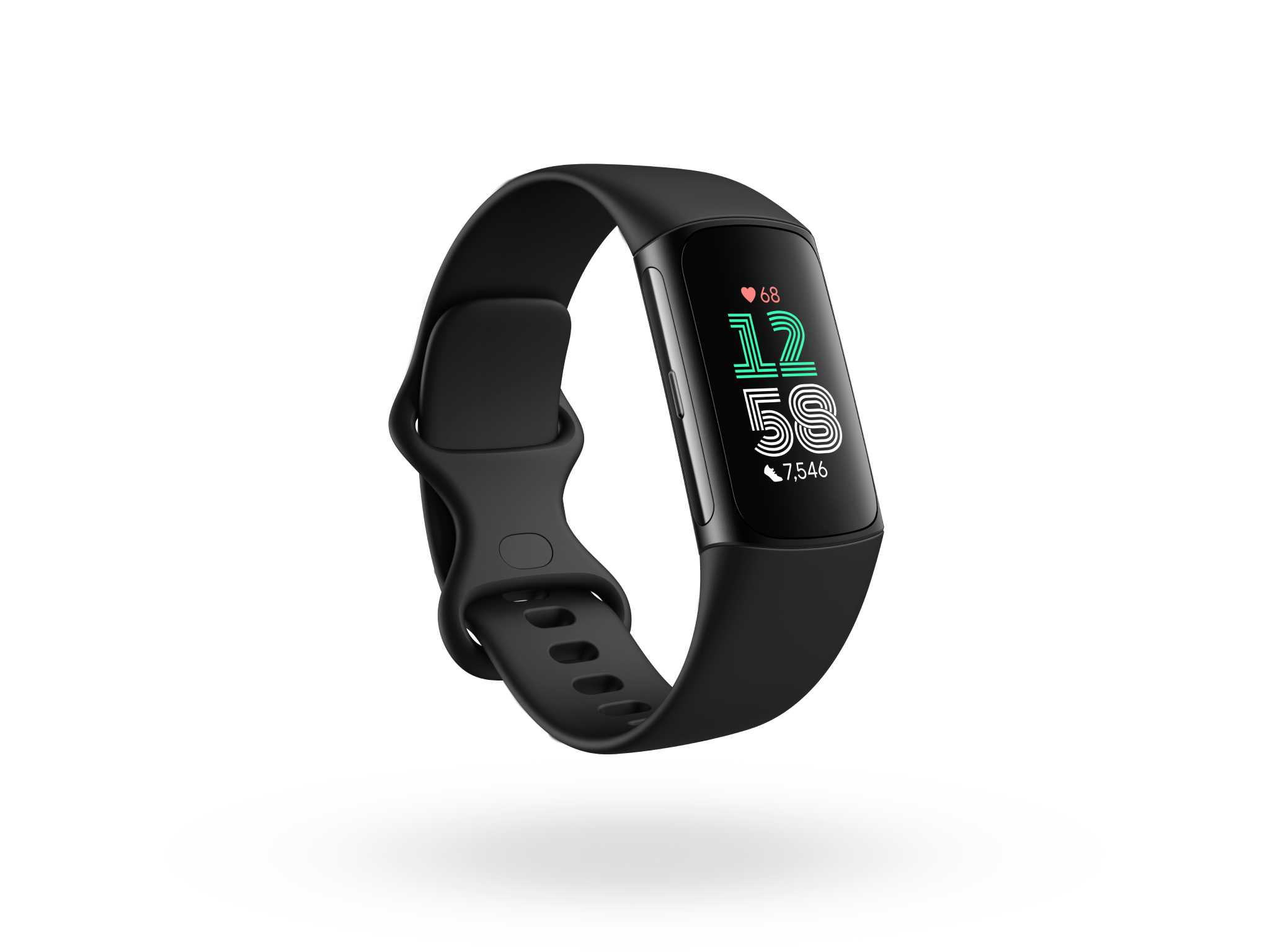
Best: Budget sleep tracker
Size: 36.73mm x 23.09mm x 11.2mm
Weight: 30g
Battery life: 7 days
Charging time: 2 hours
Colors: Coral, gray, black
Why we love it
- Helps put sleep stats in context
- Easy-to-navigate screen and app
- Customizable move alerts
- Comes with six months free Fitbit premium for deeper sleep analysis
- Can give doctors direct access to your data
Take note
- Screen doesn’t always show up when you lift your wrist
- Not the most comfortable band
- Need Fitbit premium (from $79.88/year) to get all the sleep features
If you’re looking for a reliable, budget-friendly sleep tracker, I’d recommend the Fitbit charge 6. One thing the Fitbit app does really well is let you see how each night’s sleep compares against your own 30-day average as well as the typical range for people like you. This helps put your overall “sleep score” into context. For instance, one night when I slept nearly eight hours, but it gave me a “fair” 78 out of 100, I could see that it was because I got far less deep sleep than usual.
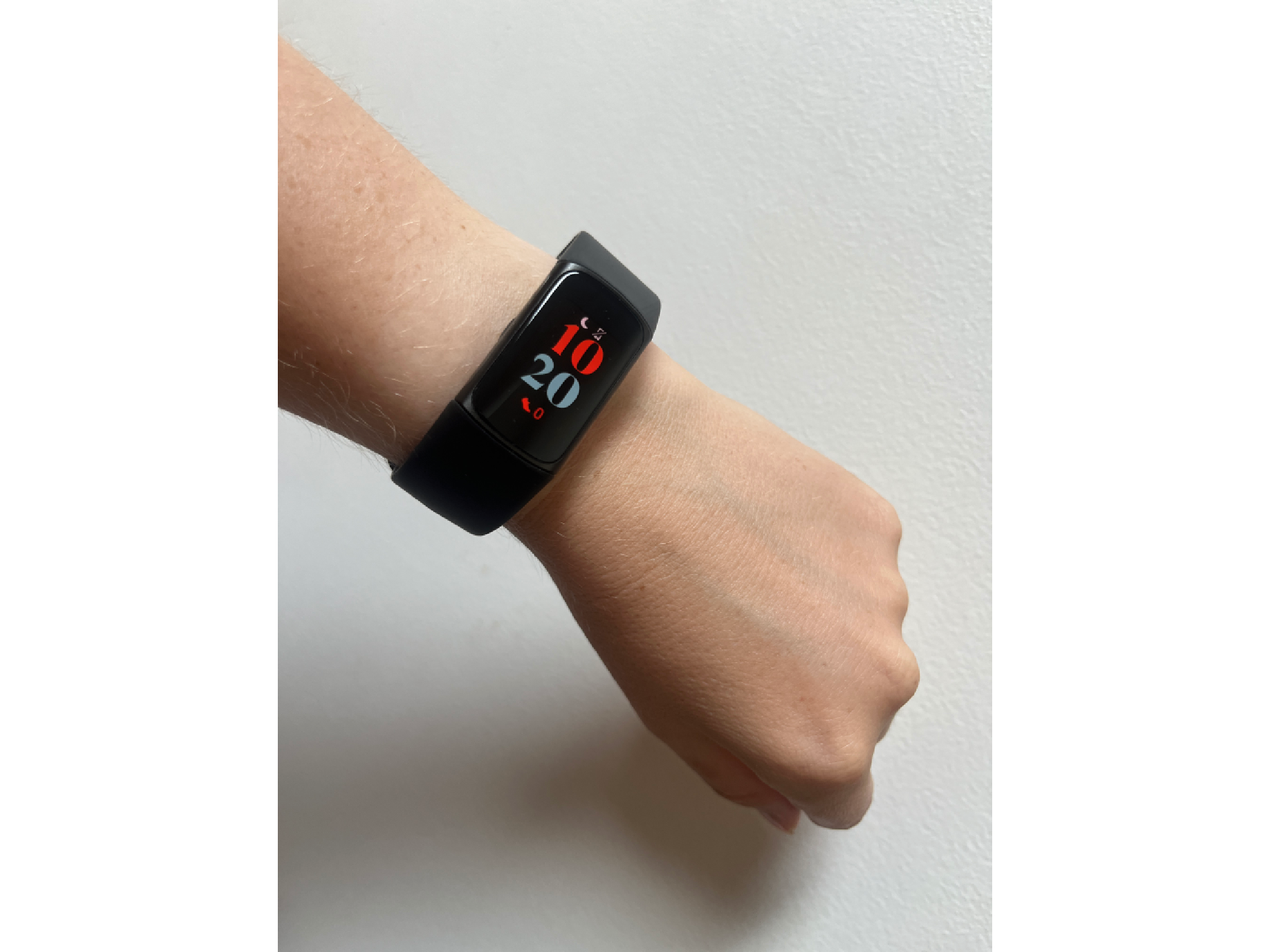
While it’s more expensive than the Amazfit helio strap ($99, Amazfit.com), the Fitbit charge 6 has a more user-friendly app and more to offer — it doubles as a simple fitness tracker with stats on the watch face. I particularly liked the customizable move alerts too — these nudge yoy to take 250 steps every hour and clearly indicate how close you are to that target (I found this made me actually want to hit the goal).
You do need to take the silicone band off after getting wet or sweaty — when I left mine on too long after a run, I ended up with a rash.
Buy now £159.95, Google.com
Whoop 5.0
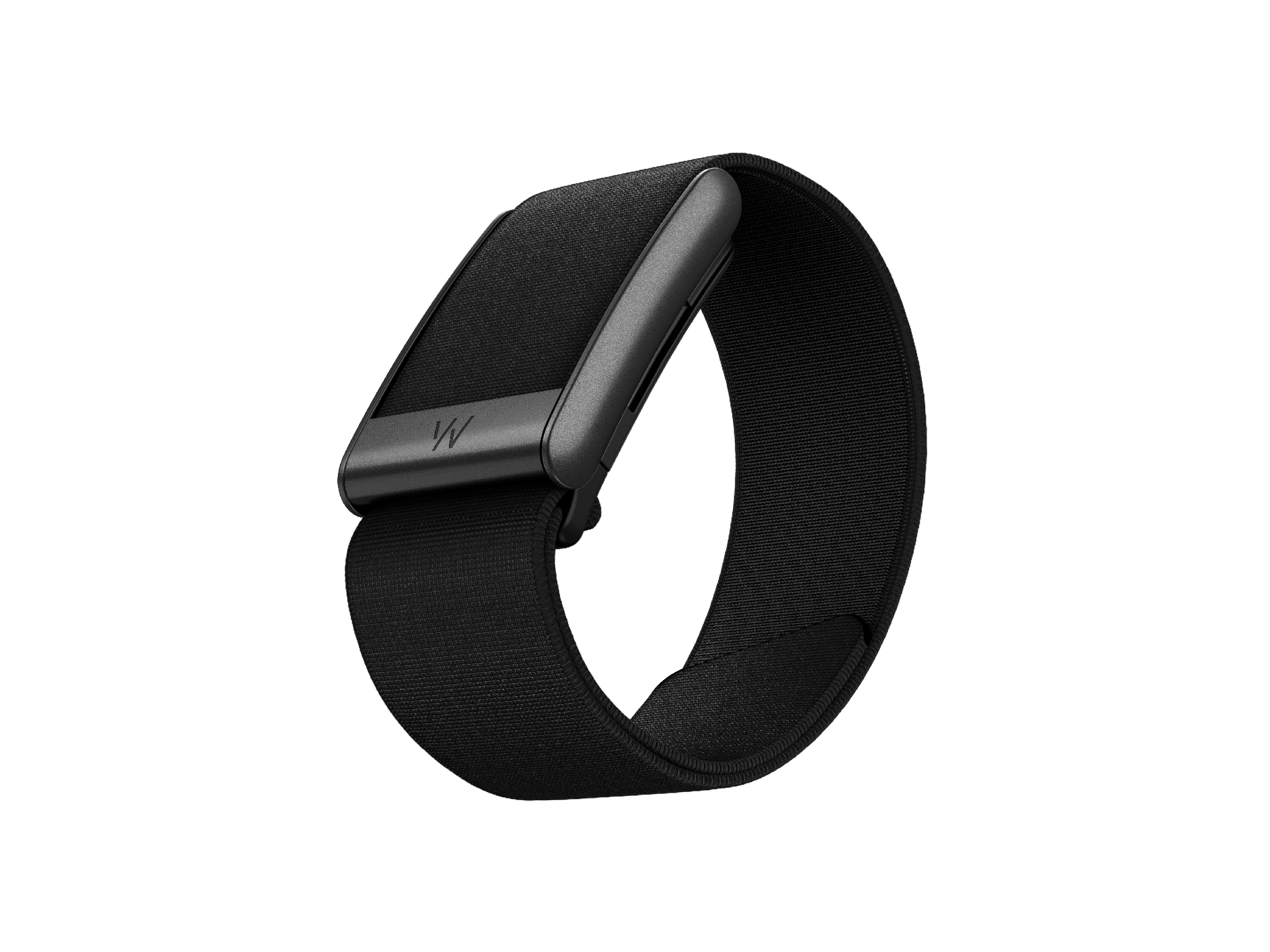
Best: For additional health tracking
Size: 34.7mm x 24mm x 10.6mm
Weight: 26.5g
Battery life: 14+ days
Charging time: 110 to 152 minutes
Colors: 30+ options
Why we love it
- Easy to track patterns over time
- Explains science behind measurements like HRV
- Long battery life
- Can be worn in snug-fitting apparel like sports bras or shorts
- Allows you to share health reports with doctors
Take note
- Requires a subscription
- No screen
Whoop not only tracks your nightly sleep and daily strain to give you workout recommendations and longevity insights, but it also makes it easy to figure out what might be getting in your way of a good night’s sleep. Every morning when I woke up and checked the app, I could easily check off boxes — such as a late meal time or how many hours I had spent outside the day before (you can customize exactly what you want to track). Whoop then looks at patterns over time to see if it notices that a particular habit is correlated with worse sleep, and it breaks down the data in a digestible way.
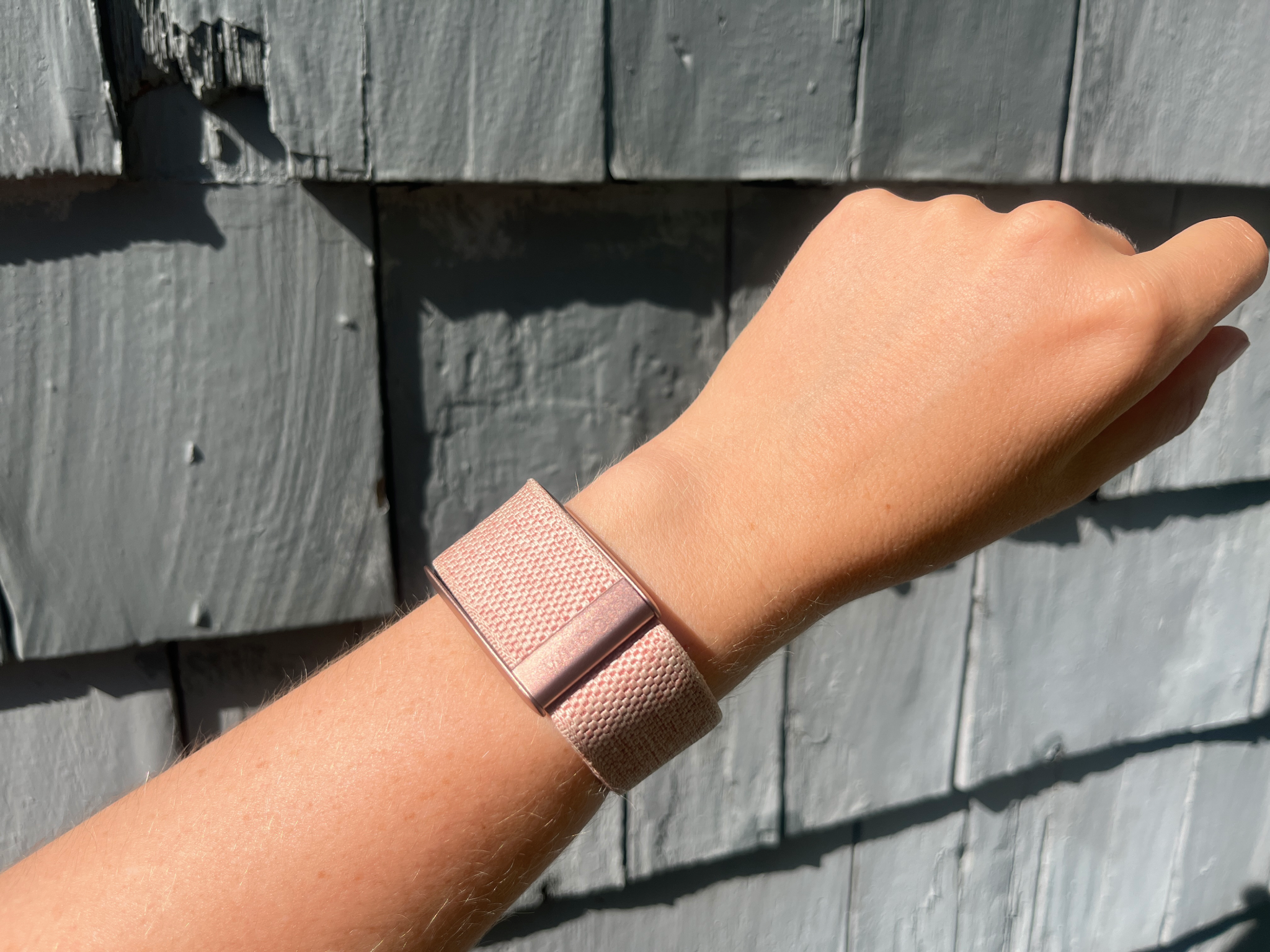
The Independent’s fitness and wellbeing editor Emilie Lavinia has also tested the Whoop 5. In her review, she wrote: “I loved wearing the Whoop 5.0 so there’s very little I can say that might dissuade you from buying the new hardware if you’re already keen.” The tracker is a “whole lifestyle experience with the band sensors able to automatically detect whatever exercise you’re doing, measure biological age, and prevent health issues with medical-grade insights. It’s a futuristic experience that caters to anyone”, she added.
The latest iteration, Whoop 5.0, is the brand’s smallest device yet, and it kept its charge for two weeks. The downside is that it does require a subscription (from $199 to $239 per year) to access all your data.
Read the full Whoop 5.0 review
Buy now £199.00, Whoop.com
Apple Watch series 10
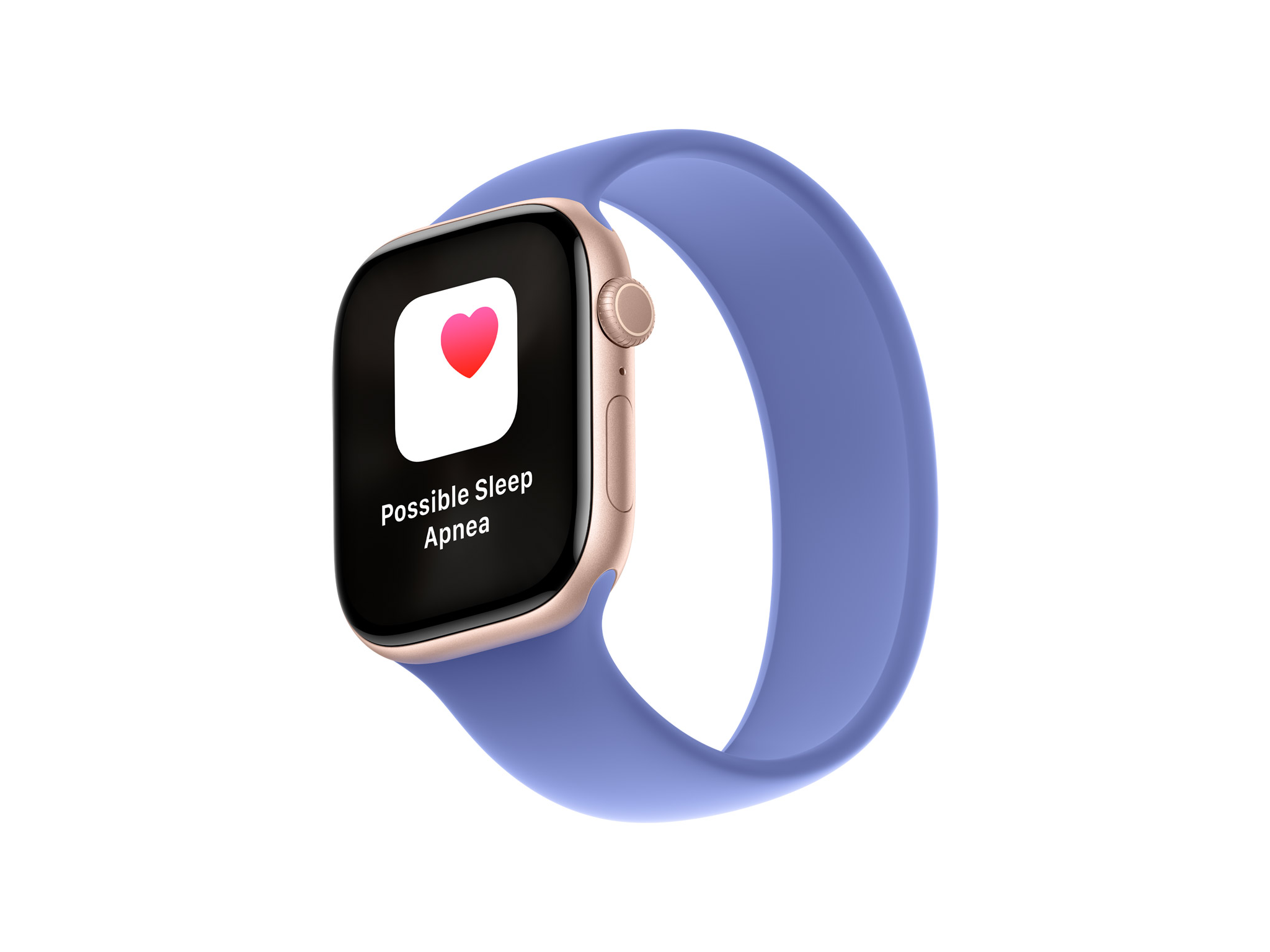
Best: All-around smartwatch
Size: 46mm x 39mm x 9.7mm or 42mm x 36mm x 9.7mm
Weight: 29.3 to 41.7g
Battery life: Up to 18 hours
Charging time: About 60 minutes
Colors: Aluminum case: Jet black, rose gold, silver. Titanium case: slate, gold, natural
Why we love it
- Top-tier smartwatch features
- Can check high-level stats on the watch itself, then dive deeper in the app
- Morning and evening reminders to take a mindful minute (with coaching)
- Slim, comfortable fit
- Easy to share data with a doctor
Take note
- Needs daily recharging
- Not compatible with Android phones
If you’re looking less for a dedicated sleep tracker, but more for a smartwatch with great sleep tracking capabilities, it’s hard to beat the Apple Watch series 10. You can make calls, listen to music, pay for things, and even see hiking maps right from your wrist without needing your phone. And you also get top-notch sleep tracking from a device that’s actually comfortable to wear 24/7.
The series 10 is Apple’s slimmest watch yet, and comes in two different sizes — I found the smaller 42mm option to be light and small enough that I even forgot I was wearing it.
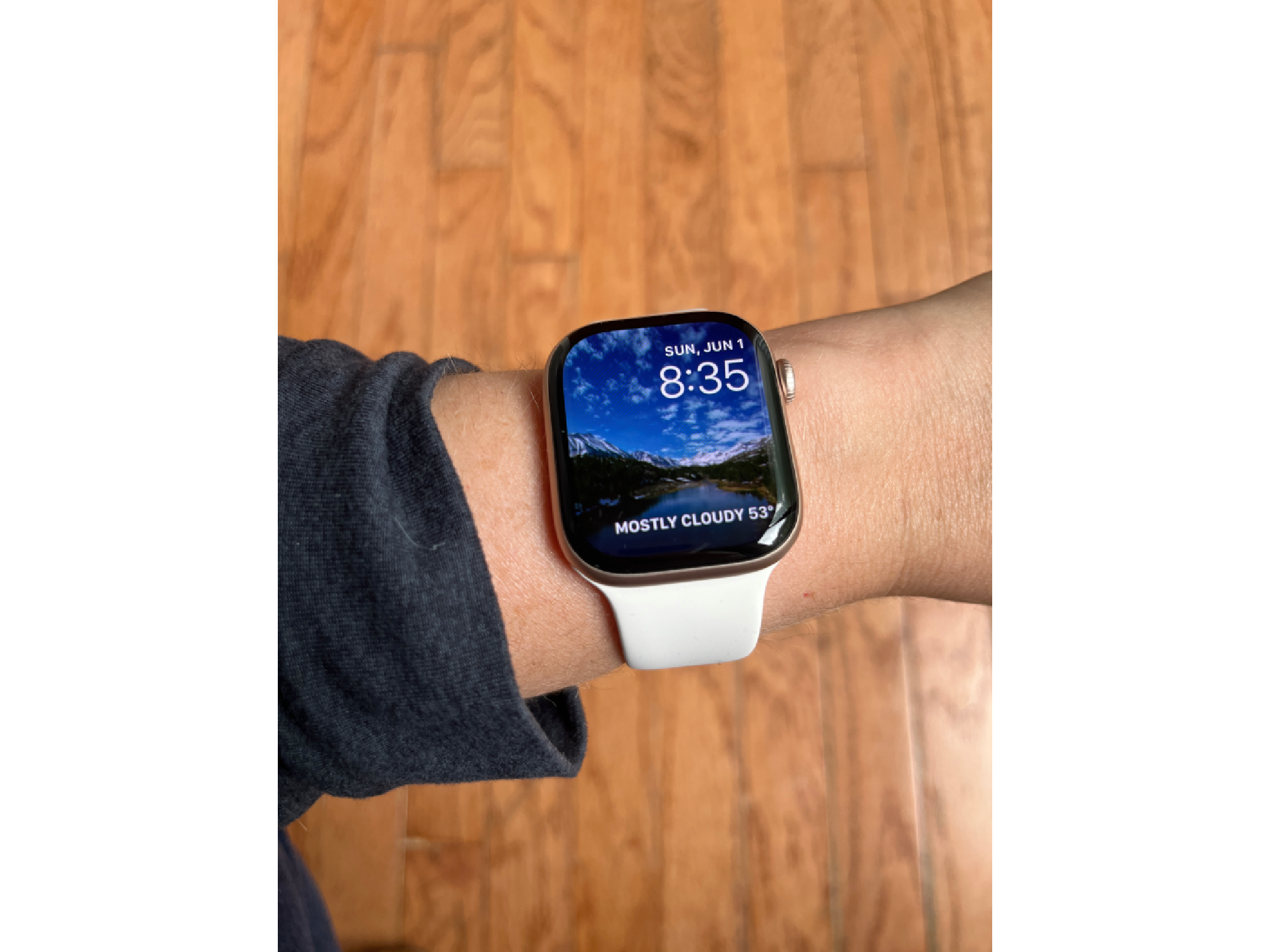
You can see the most essential sleep stats, including duration and various sleep stages, on the screen. For a deeper dive into the metrics, such as heart rate variability and breathing disturbances, you can open the Apple Health app on your iPhone.
Another interesting feature about the Apple Watch series 10 is that it can even spot signs of sleep apnea, which can be shared with a doctor.
The only downside is that Apple’s smartwatches are really only compatible with iPhones, so if you’ve got an Android, I recommend checking out the similarly designed Google Pixel Watch 3 instead.
Buy now £399.00, Apple.com
Google Pixel Watch 3
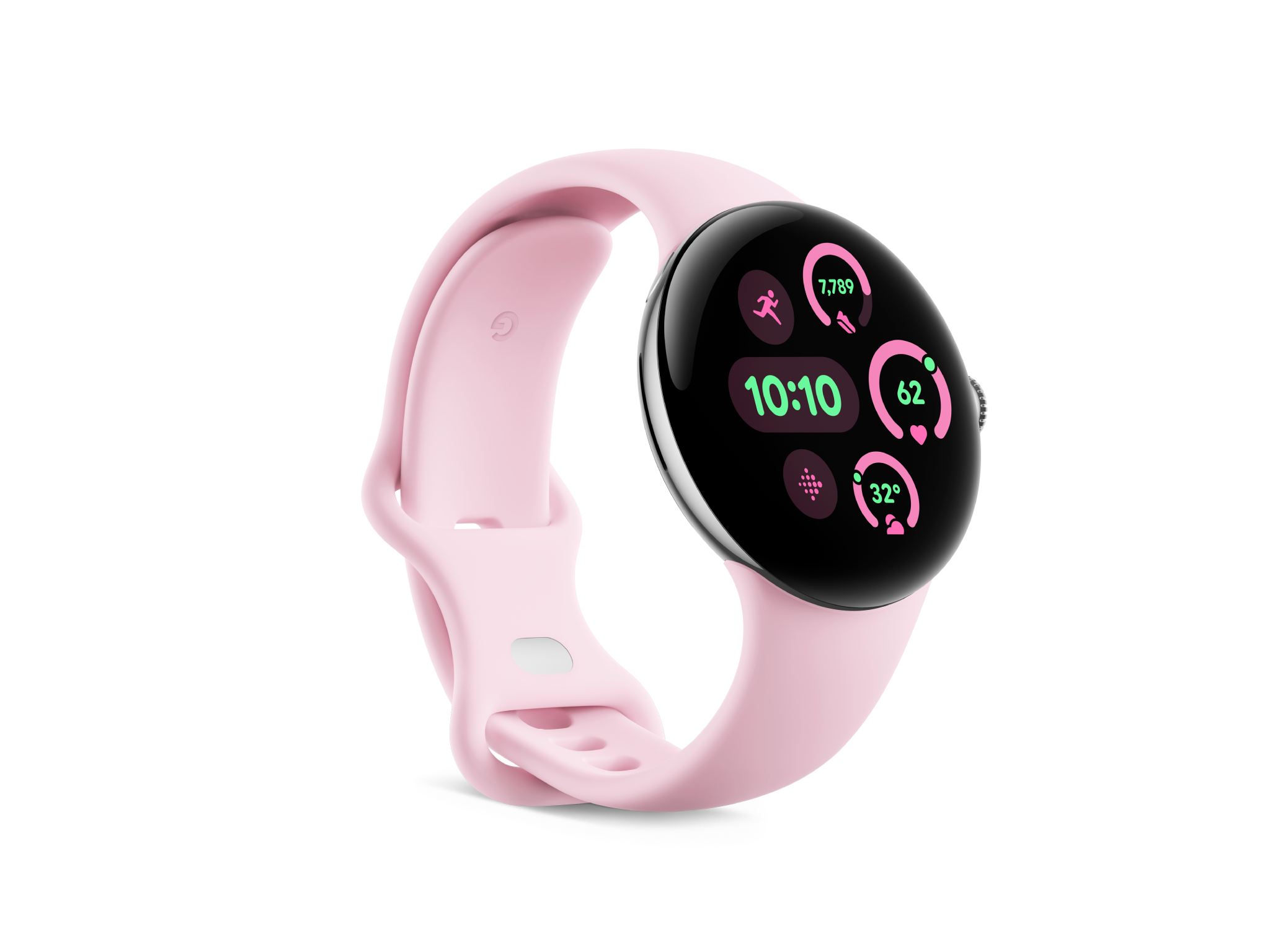
Best: Sleep tracker for Android users
Size: 41mm or 45 mm diameter, and 12.3mm thick
Weight: 31g or 37g
Battery life: 24 hours
Charging time: About 60 to 80 minutes
Colors: Pink, gray, black, beige
Why we love it
- Turns on sleep mode automatically
- Morning brief offers helpful sleep, activity, and weather updates
- Detailed sleep insights on Fitbit app
- More sensitive than Apple Watch at auto-detecting activities
- Comes with 6 free months of Fitbit Premium for deeper sleep analysis
- Can give doctors direct access to your data
Take note
- Needs daily recharging
- Needs Fitbit premium (from $79.88/year) to get all the sleep features
- Not compatible with iPhone
- Not the most comfortable
If you have an Android phone and want a top-tier smartwatch with detailed sleep tracking, the Google Pixel Watch 3 is the way to go. Honestly, many of the features seem designed to mimic the Apple Watch, but there are a few things I found that the Google Pixel Watch did even better. For starters, it turns on sleep mode automatically when it senses you’ve fallen asleep — so when I took an unexpected nap, I wasn’t woken up by any notifications. (The pitfall of that, however, is that auto-bedtime turned itself off one night when I was extra restless, then a notification woke me up as I was falling back asleep.)
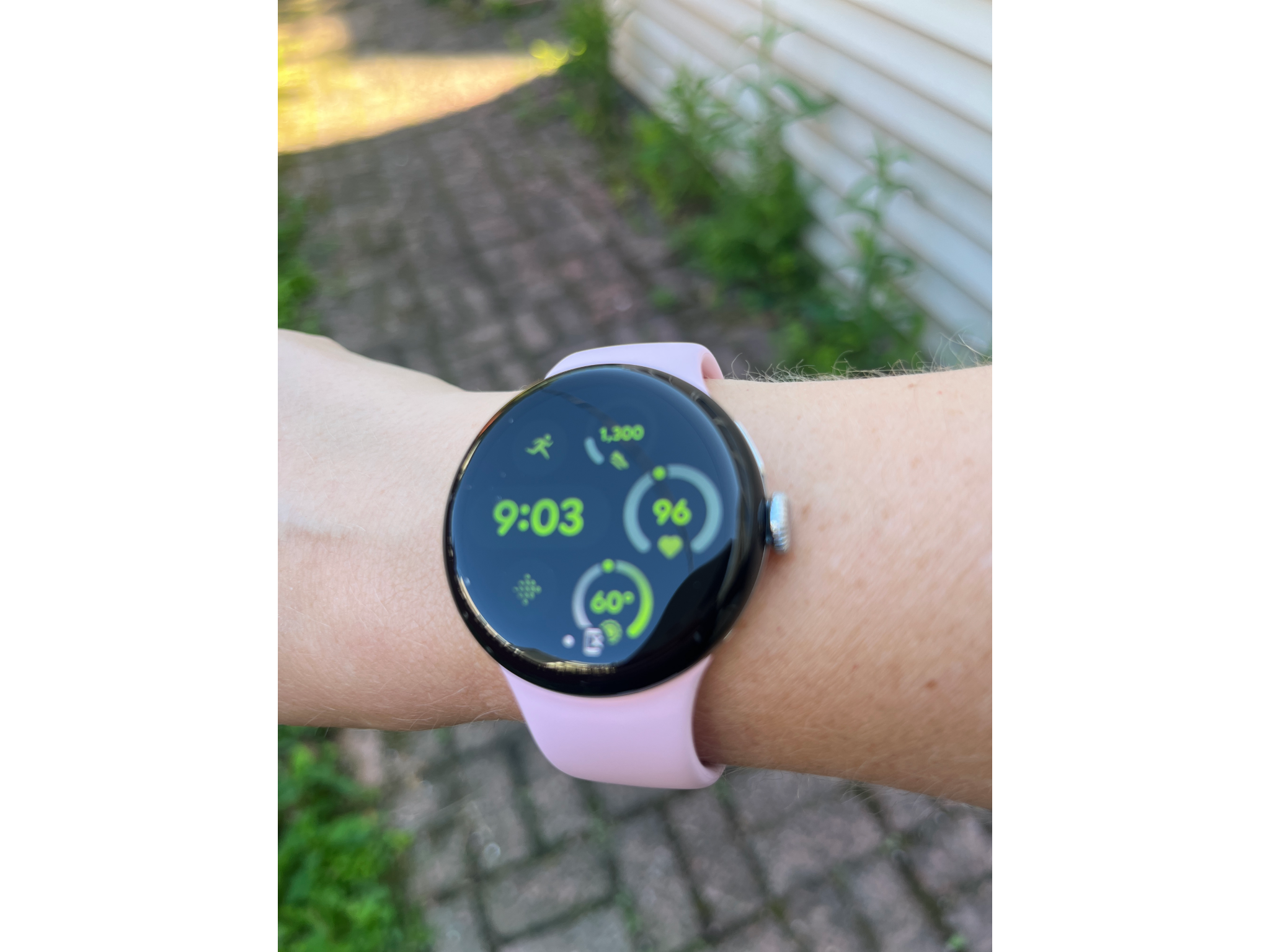
Also, if you get Fitbit Premium, you can access a lot more context around your sleep habits, including how your sleep schedule variability compares to ideal ranges, and the percentages of nights that you wake up for long periods. I found this great for helping me interpret the numbers.
My one gripe is that I wish the watch itself were more comfortable — at least with the included band, I didn’t really find the right fit.
Buy now £349.99, Amazon.com
Withings sleep

Best: Non-wearable sleep tracker
Size: 25-inch x 7.5-inch
Weight: 1.13-ounce
Battery life: Not applicable
Charging time: Not applicable
Colors: Gray
Why we love it
- Doesn’t require wearing anything
- No need to recharge batteries
- Easily creates downloadable reports
- Tells you how long it takes to get out of bed
- Pulls in data from other trackers for an overall picture of your health
- Integrates with IFTTT
Take note
- Doesn’t record if you sleep outside your bed (or if your kid sleeps right next to you)
- Feedback in the app can sometimes feel a bit judgemental
If you don’t want to wear something extra while you sleep, I’ve found the solution. The Withings sleep is a mat that you slip under your mattress, plug into the wall, and then never have to think about again until you open up the connected app.
Of course, on nights when I end up in my toddler’s bed, that means it doesn’t track my sleep — and it also stops tracking when she ends up on top of me in my bed. But otherwise, I found the data spot-on. I particularly loved that it told me how long it took me to get out of bed after waking up, which encouraged me to spend less time doom-scrolling at the start of the day.

Note: The app definitely takes a tough-love approach to feedback, labeling my sleep quality “bad” with a red warning sign on some nights. Whereas, the Oura ring offers a little more coddling, making gentle suggestions to take it easy the next day. I found that this sometimes made me less likely to open the app because I didn’t want to see bad news.
One really cool feature, though, is that the Withings sleep integrates with IFTTT, so you could set it so that the thermostat automatically lowers when you get into bed, or turn on the lights when you wake up. (Obviously, though, you need compatible devices to set this up.)
Buy now £199.95, Withings.com
Garmin venu 3
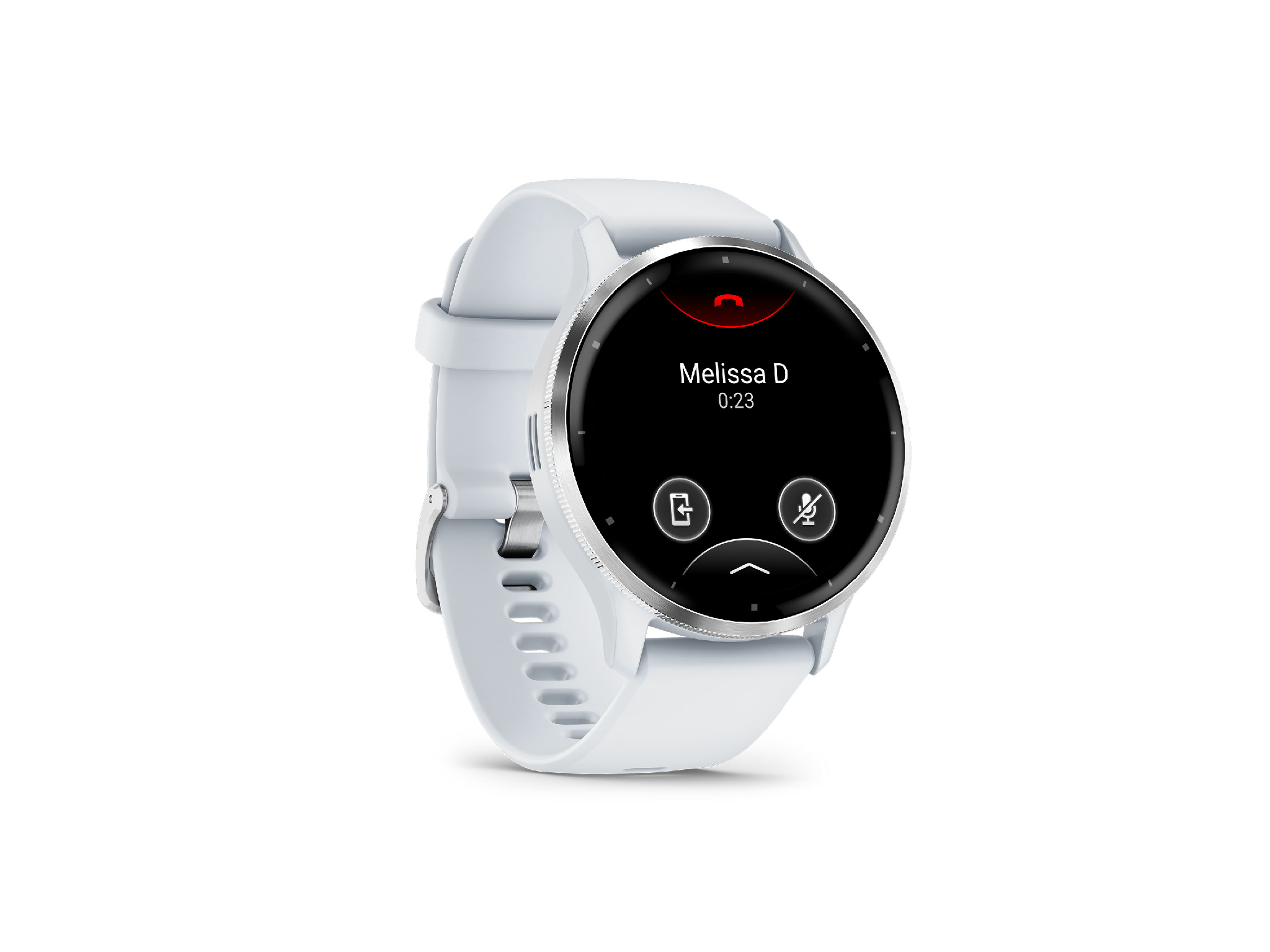
Best: Sleep tracker for fitness enthusiasts
Size: 41mm x 41mm x 12mm or 45mm x 45mm x 12mm
Weight: 27g or 30g
Battery life: 14 days
Charging time: 1 to 2 hours
Colors: Black, pink, ivory, gray, sage, white
Why we love it
- “Body battery” score offers quick sense of recovery
- Easy to navigate and see favorite stats at a glance
- Comes in smaller 41 mm option
- Long battery life
- Sleek style
- Responsive touchscreen
Take note
- Expensive
- Not as in-depth as other sleep trackers
Garmin is beloved among endurance athletes for its prime workout tracking. Less well-known is that many of the brand’s devices also double as excellent sleep trackers. If you want a bit of both — in a sleek, lifestyle-friendly package — my recommendation is the venu 3.
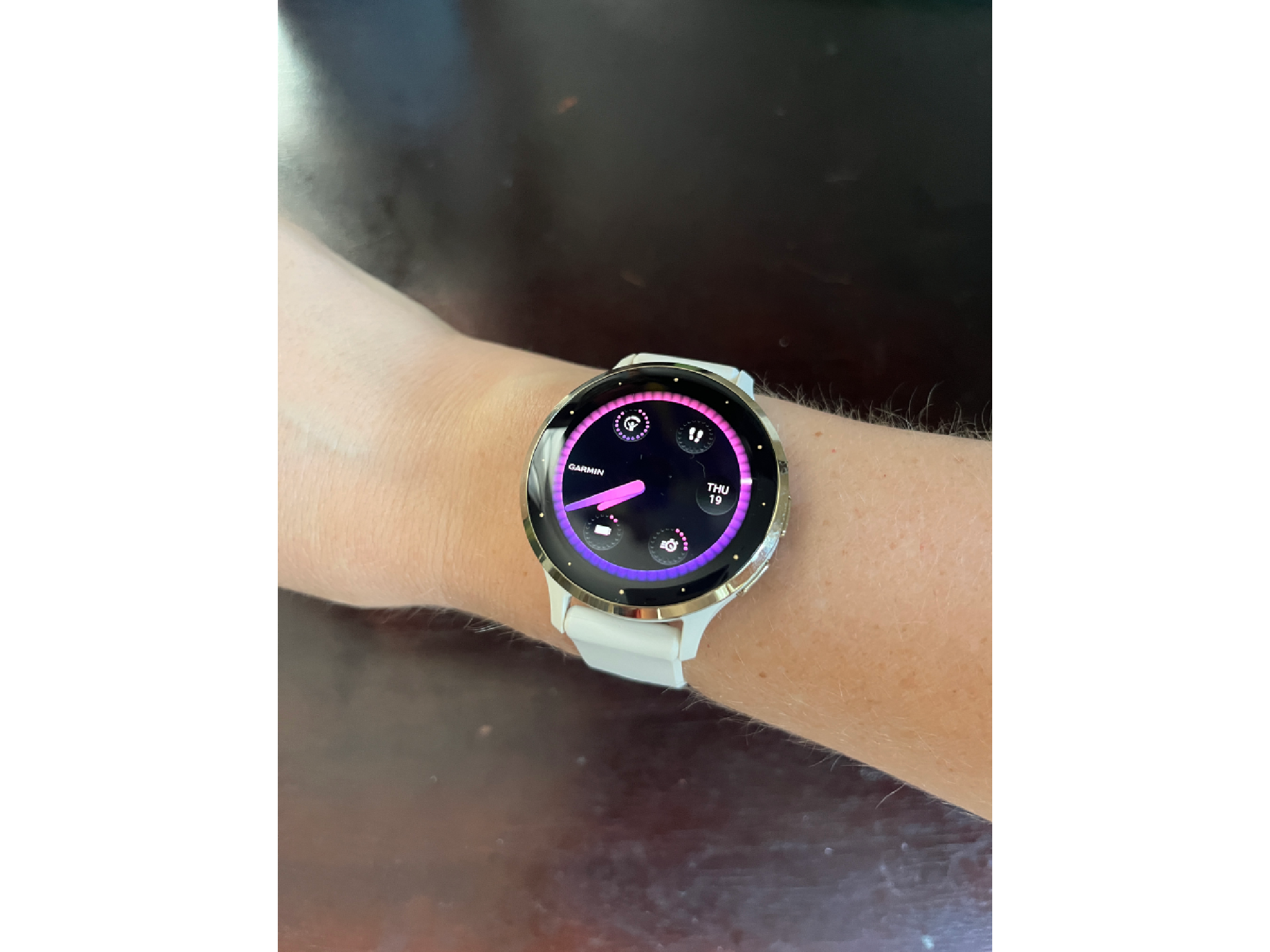
Although detailed sleep stats aren’t the first thing you see on the app’s homepage, they’re easy to navigate to, with helpful insights. One night, for example, I had 31 restless moments, but they only lasted six minutes. Since I got a 92/100 sleep score, with a very low average stress level overnight, the “sleep coach” said I only needed to get seven hours and 30 minutes of sleep the next night. If sleep is just one part of your health and fitness you want to track, and you’re not down to invest in a separate, in-depth tracker like a Whoop or Oura ring, the venu 3 is a great option.
Buy now £449.99, Amazon.com
Amazfit helio strap
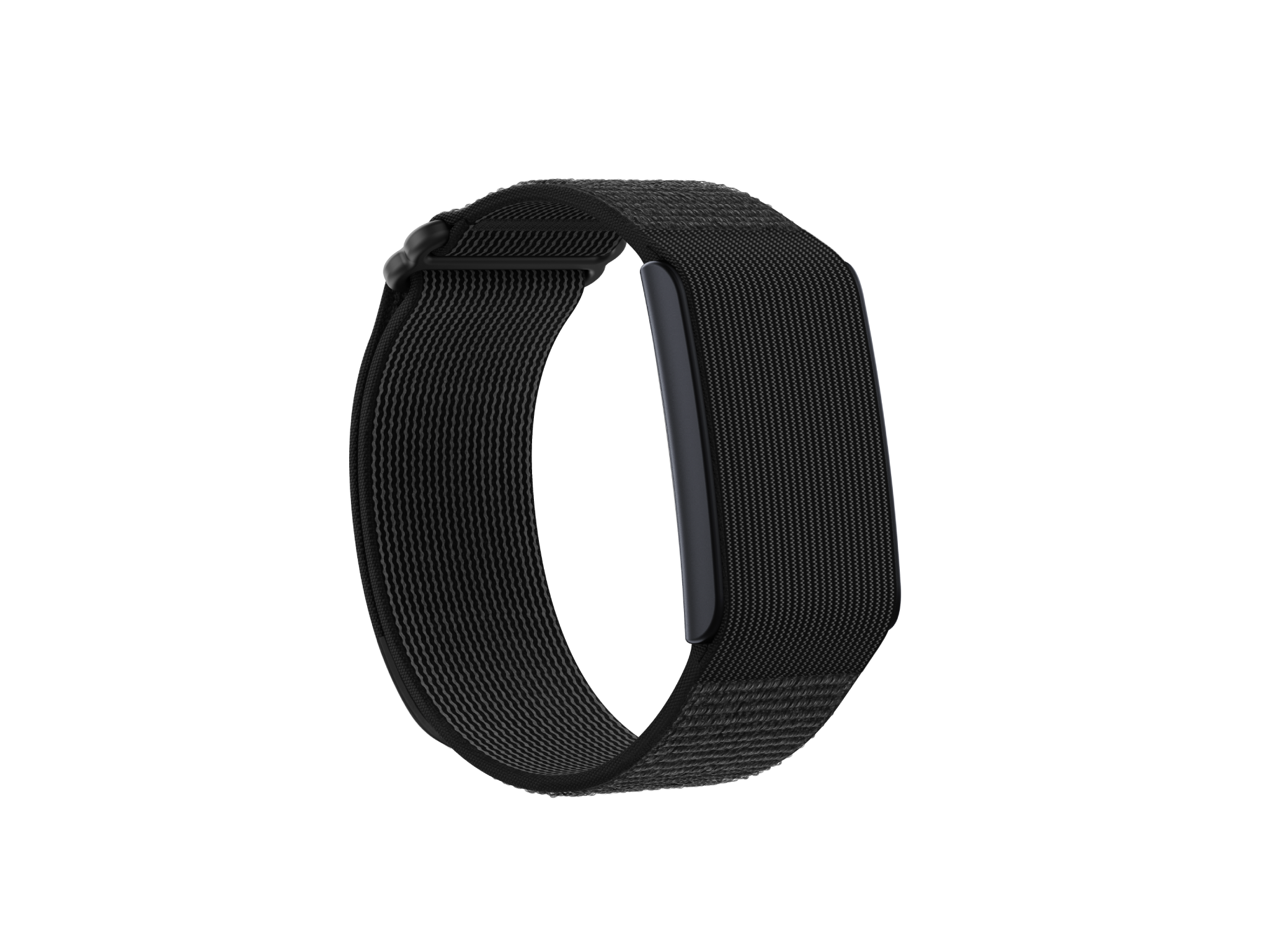
Best: Non-subscription sleep tracker band
Size: 33.97mm x 24.3mm x 10.59mm
Weight: 20g
Battery life: 10 days
Charging time: Less than 2 hours
Colors: Black, white/grey
Why we love it
- Under $100
- No subscription required
- Long battery life
- Auto-detects several kinds of workouts
- Gives a helpful “biocharge” estimate based on rest vs exertion and stress levels
Take note
- AI suggestions sometimes seem wonky
- No screen
- Cheap-feeling materials
The Amazfit helio strap is like a cross between the relatively basic, budget-friendly Fitbit charge 6 and the screenless, recovery-focused Whoop. But it’s available for just $99 with no subscription required.
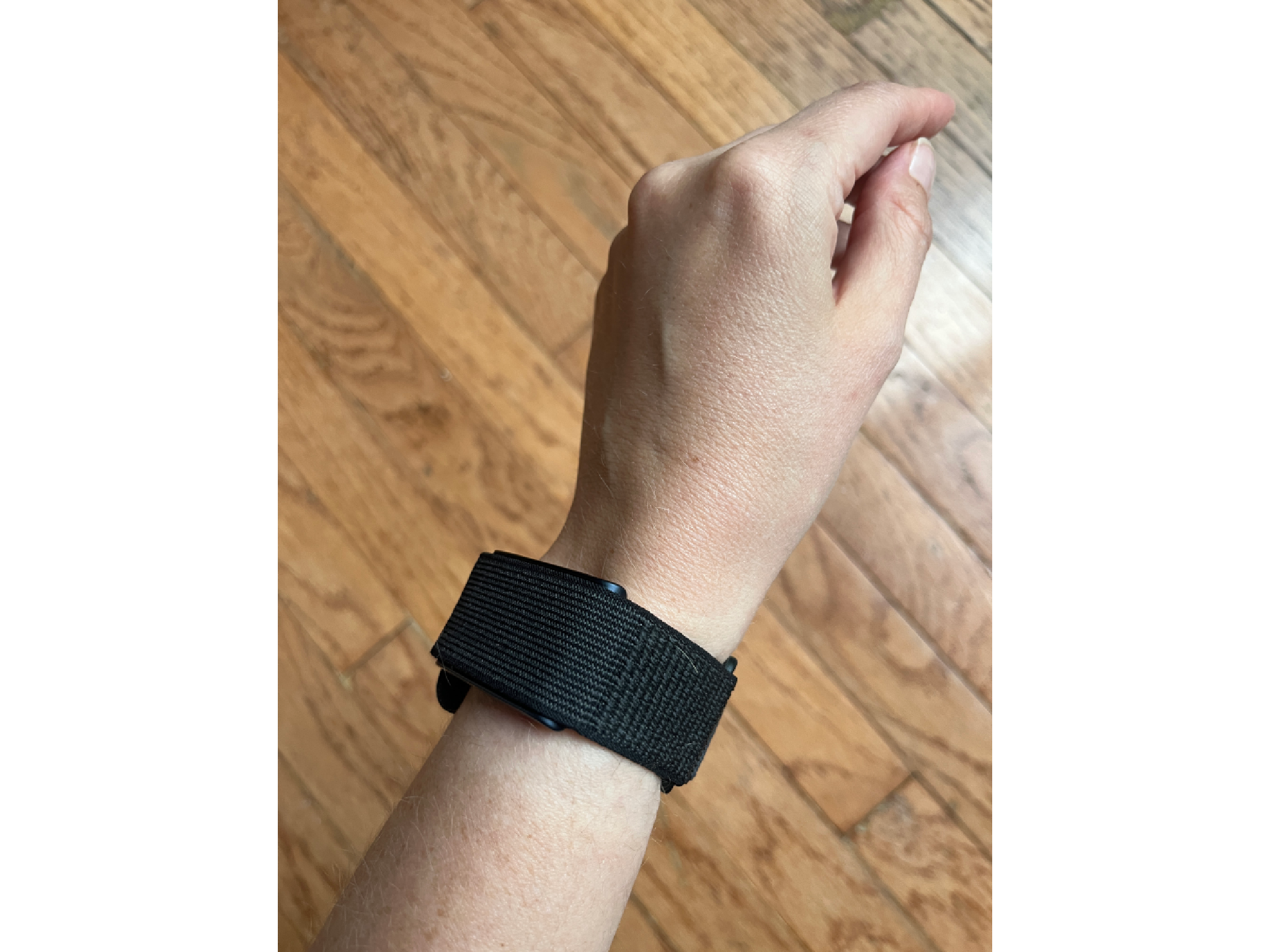
It collects a ton of data (heart rate, blood oxygen saturation, and stress levels, along with sports modes), but I found that the app was not as user-friendly as other trackers. You get measurements for things like fatigue and respiratory rate without context, and the AI insights sometimes seem off — for instance, it once gave me advice about what to do after a bad night’s sleep, even though all my stats were marked as optimal. But if you know what you’re looking at and don’t need your hand held to make sense of your metrics, you can’t beat the helio strap’s price.
Buy now £99.00, Amazfit.com
What is the best sleep tracker?
The Oura ring 4.0 isn’t just a sleep tracker, but a helpful sleep coach, with accessible feedback that didn’t make me feel guilty about sometimes getting a bad night’s sleep. The depth and quality of insights offered make it a clear choice for my top rec, though it’s definitely pricey. A more budget-friendly — yet still high-quality — option is the Fitbit charge 6, which doubles as a basic, easy-to-use fitness tracker. It’s great if you’re someone who wants to stay active and healthy. But if you absolutely hate the idea of wearing something to sleep, your best option is a mat. The Withings sleep slips under your mattress to track a ton of stats without you ever having to touch it.





